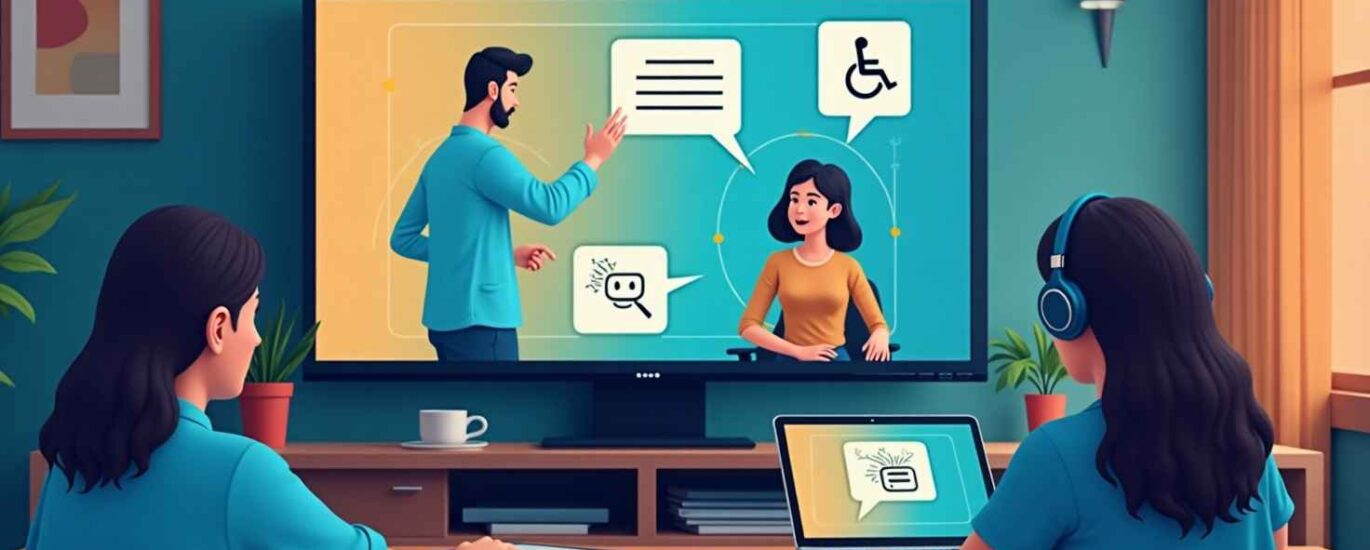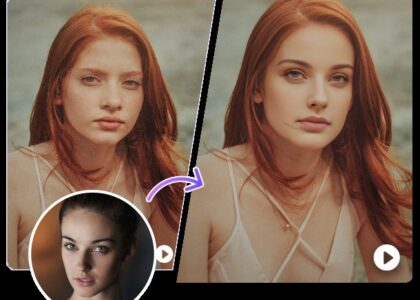Streaming is universal. But for millions of users with visual, auditory, or cognitive impairments, many Roku apps fall short in delivering an equitable experience. As smart TVs and OTT platforms become embedded in everyday life, there’s a growing demand for inclusive digital environments that work for everyone, regardless of ability.
Forward-thinking businesses are now turning to Roku application development with accessibility at its core—not just as a compliance requirement, but as a strategic growth enabler.
The Business Case for Inclusive Roku Apps
Building accessible apps doesn’t just serve ethical or legal imperatives—it’s smart business. Here’s why:
- Untapped Market: Over 1 billion people globally live with a disability. That’s a vast, underserved streaming audience.
- Brand Loyalty: Inclusivity breeds trust and long-term user commitment, especially among niche communities.
- Regulatory Preparedness: Meeting ADA and WCAG guidelines helps you stay ahead of evolving accessibility laws.
- SEO & Discoverability: Accessible design often improves Roku app metadata structure, navigation hierarchy, and voice search integration.
Core Accessibility Features for Roku Applications
At Oxagile, our approach to Roku application development includes integrating WCAG-aligned functionality such as:
- VoiceView and Screen Reader Support: Ensuring all UI elements are labeled and navigable for screen readers.
- High Contrast Modes: Tailored color palettes and button highlights for visually impaired users.
- Closed Captioning Controls: Enhanced subtitle customization (size, color, background opacity) for hearing-impaired viewers.
- Remote-Only Navigation Optimization: Simplifying logic paths for users who rely solely on tactile remotes.
- Consistent Focus States: Eliminating erratic cursor jumps with precise SceneGraph focus handling.
Case Study: Making Streaming Accessible for Seniors
One of our clients, a health-focused media platform, aimed to engage older adults with exercise and wellness content. But they faced major adoption friction due to tiny text, complicated menus, and lack of closed captions.
Our team delivered:
- A simplified, large-text UI
- Custom remote shortcuts for fast navigation
- Built-in video narration
- Optional text-to-speech overlays
Post-launch results included a 44% increase in daily active users aged 60+, and the client received multiple awards from digital inclusion advocates.
Designing with Empathy = Designing with Intelligence
Accessibility is not a feature. It’s a mindset. By embedding inclusive thinking early in the Roku app development process—rather than retrofitting it later—you save cost, avoid legal risk, and show your users that they matter.
Whether you’re building a new media channel or enhancing an existing streaming service, consider how Roku application development can help bring your content to every living room—not just the average one.
For more Informative Blogs Visit Gimkit.it.com.





